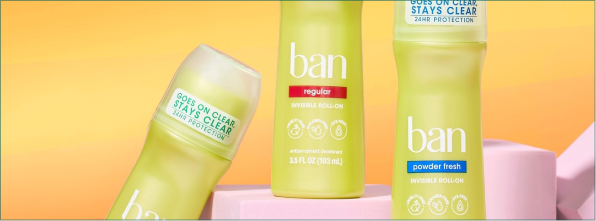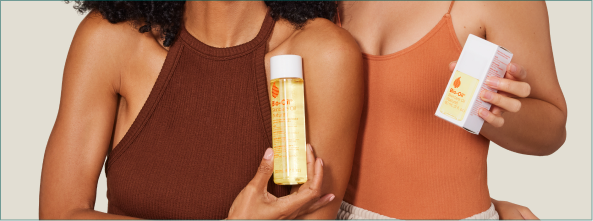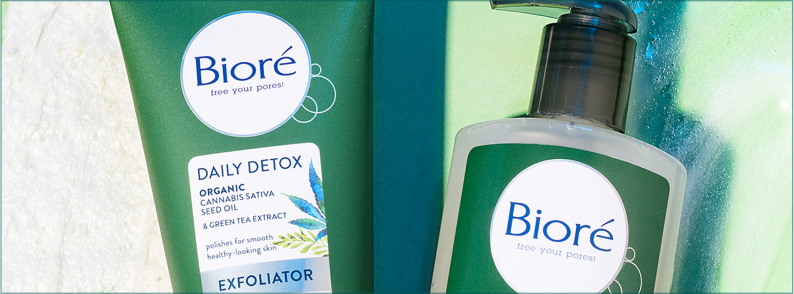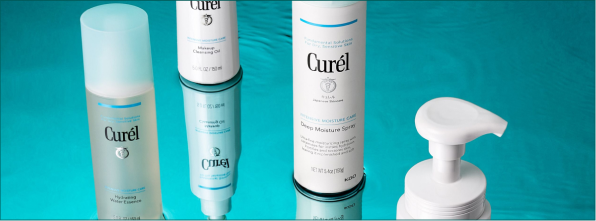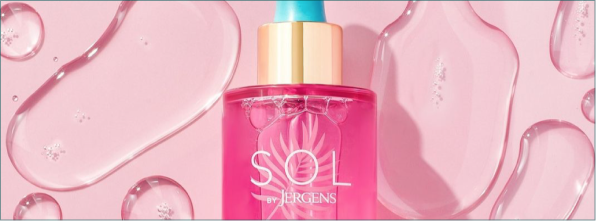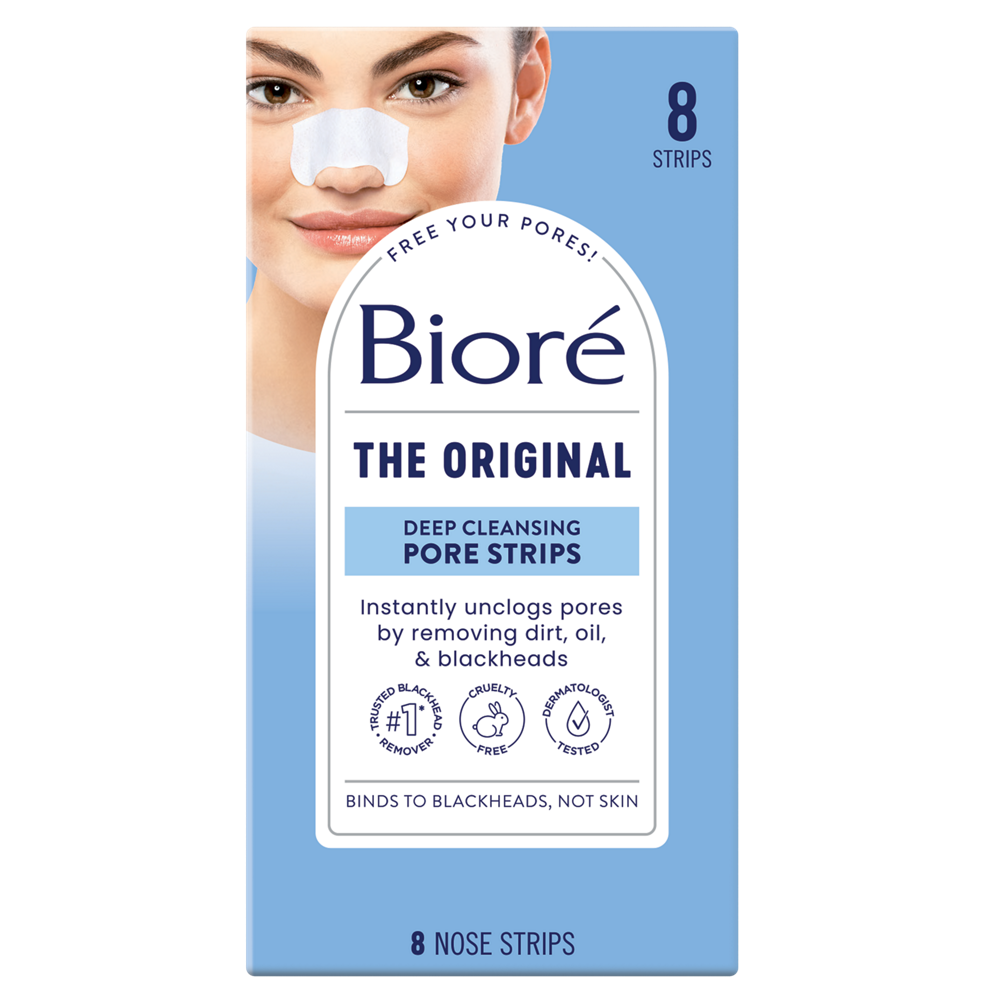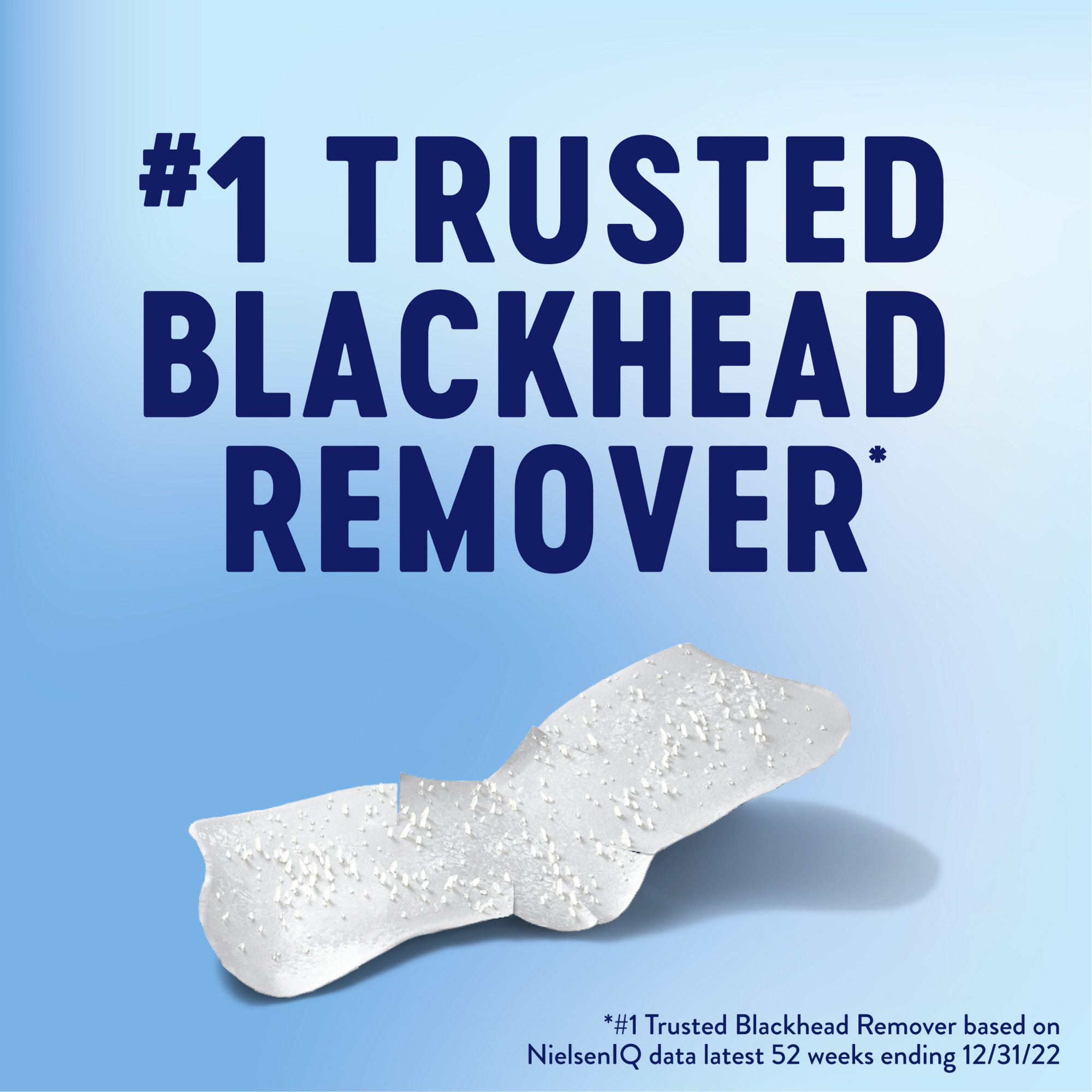What is Hydrocolloid & How Does it Work
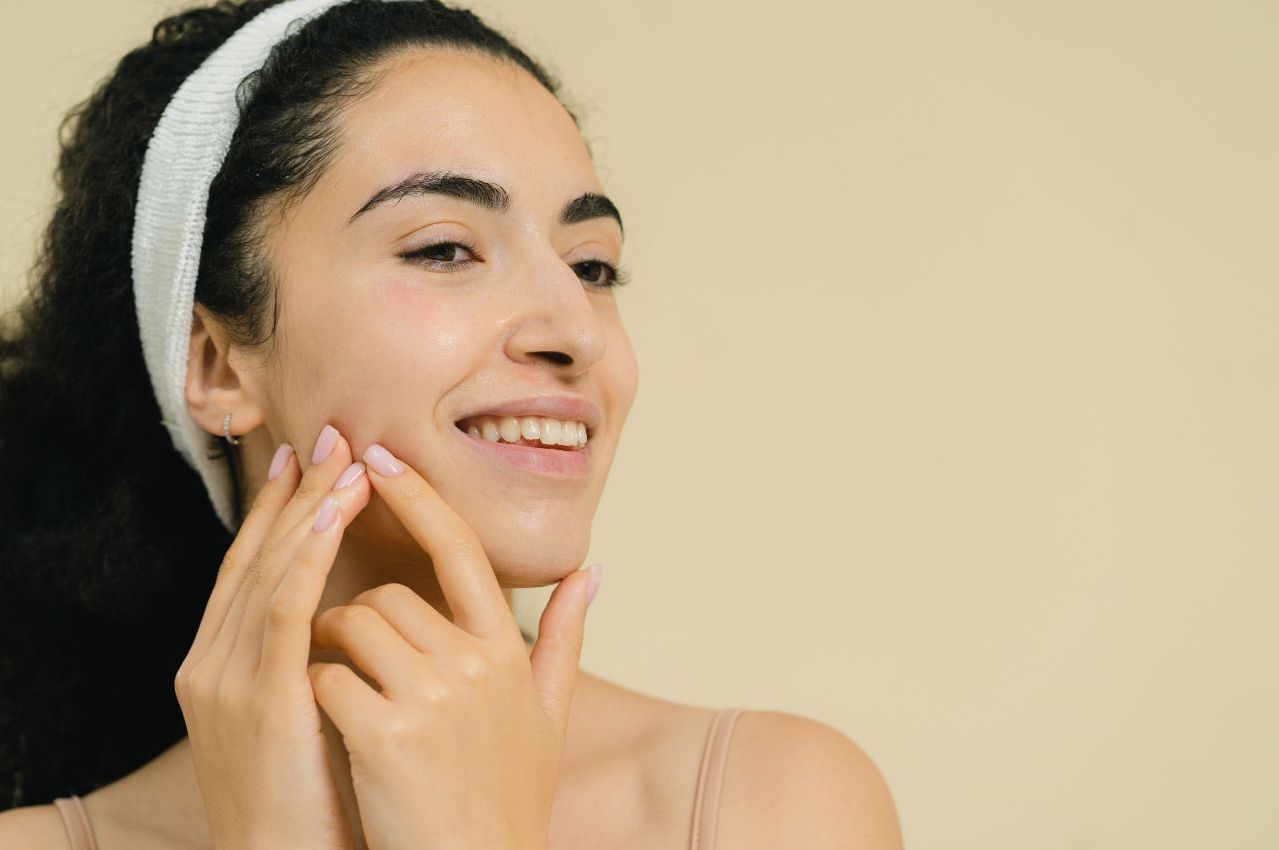
What Is Hydrocolloid & How Does It Work?

Let’s set the scene. You’re getting ready for a big night out, or maybe you have an interview coming up for your dream job. You wake up in the morning, look in the bathroom mirror, and there's a big ol’ zit sitting smack-dab in the middle of your face. Now what?
Breakouts are inevitable, but luckily, we have hydrocolloid blemish patches to fight clogged pores and pimples in order to stop blemishes from stealing our limelight.
Blemish patches — also called hydrocolloid patches — fight painful breakouts and leave your skin feeling soft and smooth. Learn more about hydrocolloid, how it works, and whether you should add it to your blemish-fighting arsenal.
What Is Hydrocolloid?
Hydrocolloids are moisture-absorbing dressings that contain gel-forming agents. Hydrocolloid dressings were originally created to treat wounds in the 1970s. Scientists found that keeping a wound in a moist environment promotes faster healing and provides additional comfort and convenience.
Dressings containing hydrocolloids provide a moist and protective healing environment while the gelling agent draw out pus and oil. The gelling agents – usually pectin or gelatin – also prevent the dressing from sticking to the wound and causing more damage. Hydrocolloid dressings don’t need to be changed as often as traditional wound dressings, and they’re much easier to apply.
“... hydrocolloids provide a moist and protective healing environment while the gelling agents draw out pus and oil.”
Eventually, dermatologists found that this idea of a moist healing environment would work well for skin conditions likepimples, so hydrocolloid patches were specially formulated for blemish-prone skin.
Let’s be honest — breakouts feel like wounds. They contain pus and other gunk, so the concept of treating pimples like wounds has gained traction. Think of blemish patches as mini-wound dressings for your face. By sticking them directly onto your blemishes, they will help clear them up faster. Our blemish patches contain medical-grade hydrocolloids to heal blemishes and also improve overall skin health so that you can look and feel your best.
How Does Hydrocolloid Work?
Hydrocolloid acts as a protective barrier and accelerates the healing process by absorbing the excess bacteria and dead skin cells that plug up follicles (pores) and cause pimples to develop.
Plugged follicles appear as whiteheads or blackheads, and if they become infected, these blockages can turn into painful red pimples or pustules. Since blemishes encompass more than just pimples, these patches also help address redness, irritation, and excess oiliness on the surface of your skin.
Hydrocolloid creates a moist environment to promote quick healing and draw out impurities much faster than a typical spot treatment. You'll notice a soft gel forming on the blemish patch that looks like a white goop — this means the patches are working! The white stuff is the pus and oil getting sucked out of your pores.
Our patches are hypoallergenic, dye-free, and contain no synthetic fragrance. They’re made with medical-grade hydrocolloid to minimize the possibility of an allergic response.
If you have super-sensitive skin, irritation is possible. If irritation occurs, remove the patch and wash your face to remove any leftover adhesive.
When Should You Use Hydrocolloid?
Use hydrocolloid patches at the first sign of a blemish. These hydrocolloid patches work best on blemish lesions near the skin's surface. They’re particularly effective if the lesion has a white "head”, which is an opening that allows it to drain. However, hydrocolloid patches aren't effective for blackheads (check out pore strips instead).
These hydrocolloid patches work best on pimples near the skin's surface.
So, should you pop your pimple before applying your blemish patch? No! Popping your pimples puts you at risk for scarring, discoloration, increased inflammation, and the formation of new pimples in nearby areas.
Instead, sit back and let these blemish patches do the hard work of absorbing pus inside the pore to speed up healing and reduce the size of the spot. This will leave you with less inflammation and noticeably smoother skin. Hydrocolloid blemish patches are ultra-thin, flexible, and suitable for day and night use. They’re also waterproof and suitable for all skin types and tones.
How to Use a Hydrocolloid Patch
Blemish patches are easy to use. You may wear your patch for up to 8 hours at a time to allow for optimal healing of those pesky pimples. Patches also shield blemishes from sun exposure and help you avoid the temptation of popping or picking at your pimples.
Here are 5 easy steps for using a hydrocolloid patch:
- Gently cleanse your skin.
- Pat dry with a clean towel.
- Apply the patch to the affected area, sticky side down.
- Leave it on for up to 8 hours — or until the patch turns white.
- If necessary, apply another patch to absorb more pus.
Key Takeaways
Hydrocolloid patches have a long history of healing wounds and clearing up skin. Don’t forget:
- Hydrocolloid is a gel-forming agent that was originally used to dress wounds.
- Hydrocolloid patches can draw out impurities frompimples, like pus and oil.
- Only apply hydrocolloid patches to clean skin.
- Wear hydrocolloid patches for up to 8 hours — or until they turn white.
- Use hydrocolloid patches to encourage quicker healing and protect your pimple from further irritation.
If you’re facing a wicked pimple before a big night out with friends, remember to pop on a blemish patch and watch your pimple fade into the background so your shining face can take center stage blemish-free.
